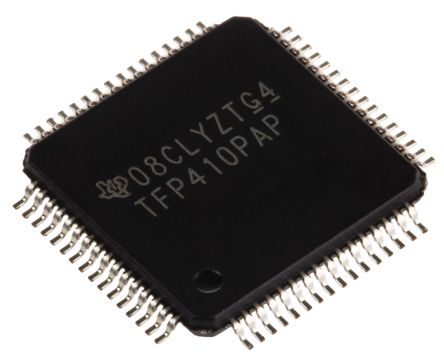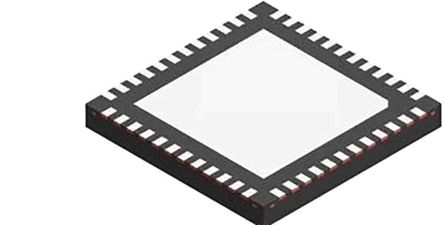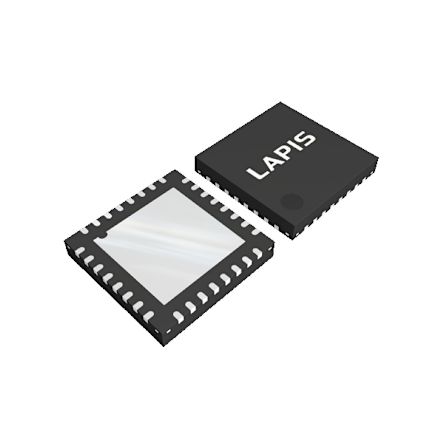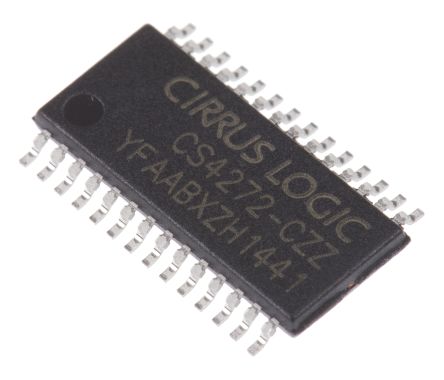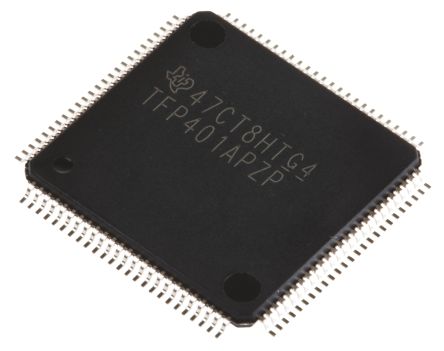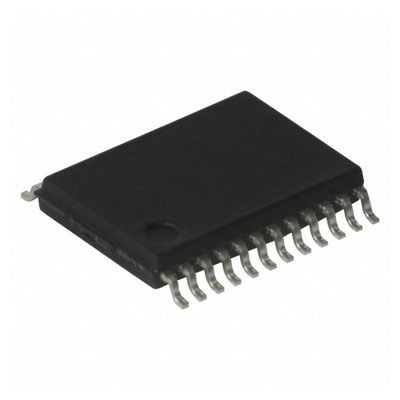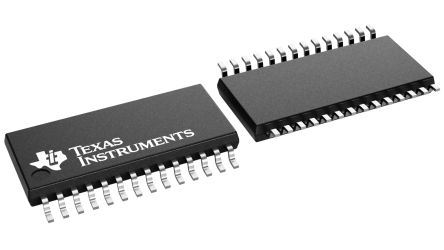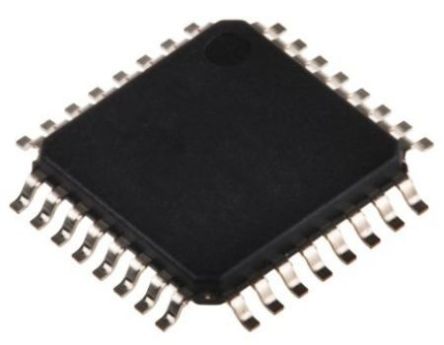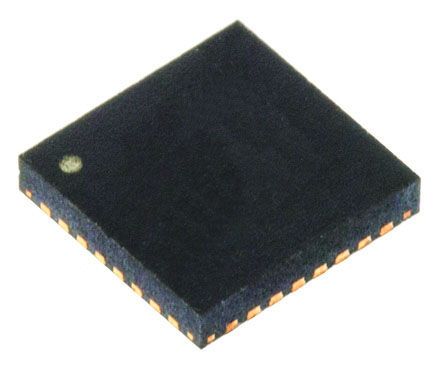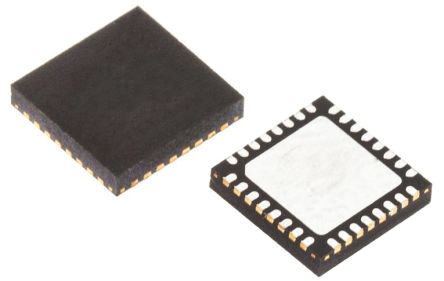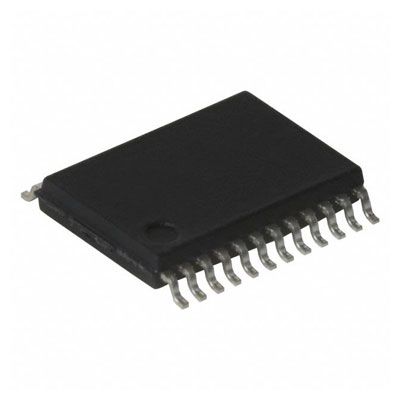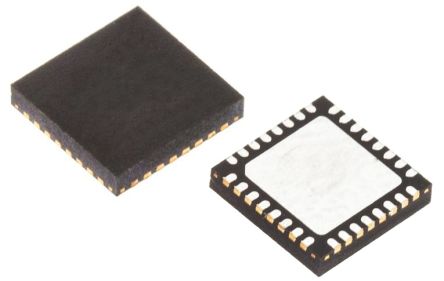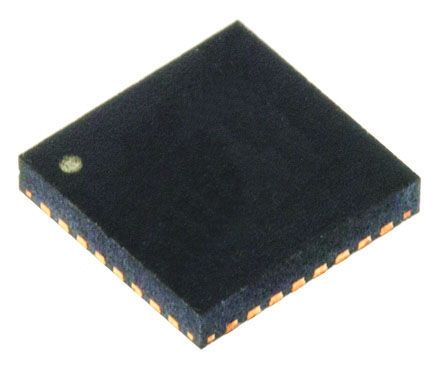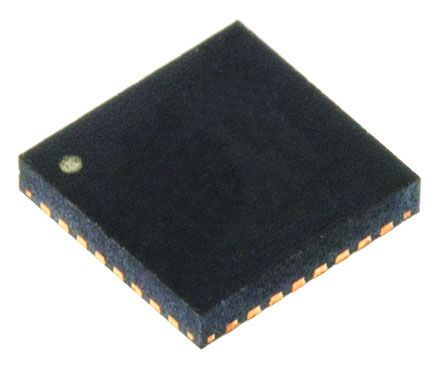- Automation & Control Gear
- Cables & Wires
- Enclosures & Server Racks
- Fuses & Circuit Breakers
- HVAC, Fans & Thermal Management
- Lighting
- Relays & Signal Conditioning
- Switches
- Batteries & Chargers
- Connectors
- Displays & Optoelectronics
- ESD Control, Cleanroom & PCB Prototyping
- Passive Components
- Power Supplies & Transformers
- Raspberry Pi, Arduino, ROCK, STEM Education & Development Tools
- Semiconductors
Audio & Video Encoders & Decoders
In order to convert analogue audio and video into digital signals and back again, audio and video encoders and decoders are required. The term codec is a combination of the words 'coder' and 'decoder', and the IC (integrated chip) contains both a digital-to-analogue converter (DAC) and analogue-to-digital converter (ADC.)
What are audio and video encoders and decoders?
Audio encoder and decoder chips are typically used in sound cards with an audio input and output, which means they can be used to both capture speech and allow speaker playback. Whilst video encoders and decoders are high quality converters of digital video data to analogue video data and back again.
How do audio and video encoders and decoders work?
Audio encoders and decoders first digitize an analogue source. It achieves this by transforming a voltage level into a binary representation, commonly known as a pulse code modulation, or PCM. In order for this digital signal to be heard, it must be converted back to analogue. This data conversion is handled by the integrated chips digital-analogue-converter.
Video encoders video signals into a compressed format and a decoder converts compressed video back into an uncompressed format. H.264 codecs which are industry standard are utilised by video encoders and can reduce the raw content data by as much as 1,000 times.
Applications
Audio encoder and decoder chips have a variety of application use such as;
- Smart Phones
- Portable Media Players
- Handheld Gaming Sets
- Tablets and PCs
Video encoder and decoder chips are widely used in CCTV devices, It enables users to gain the benefits of network video, without having to discard existing analogue equipment such as analogue CCTV cameras and coaxial cabling.
